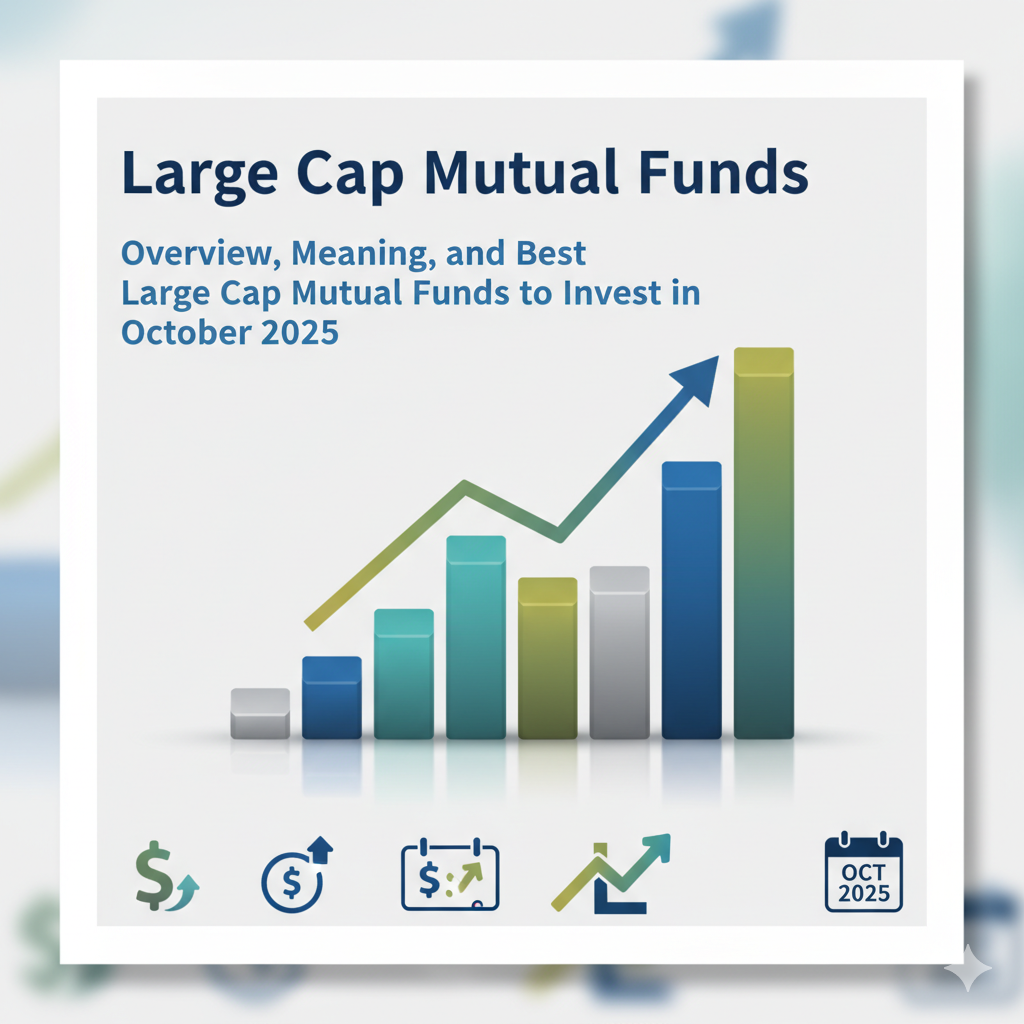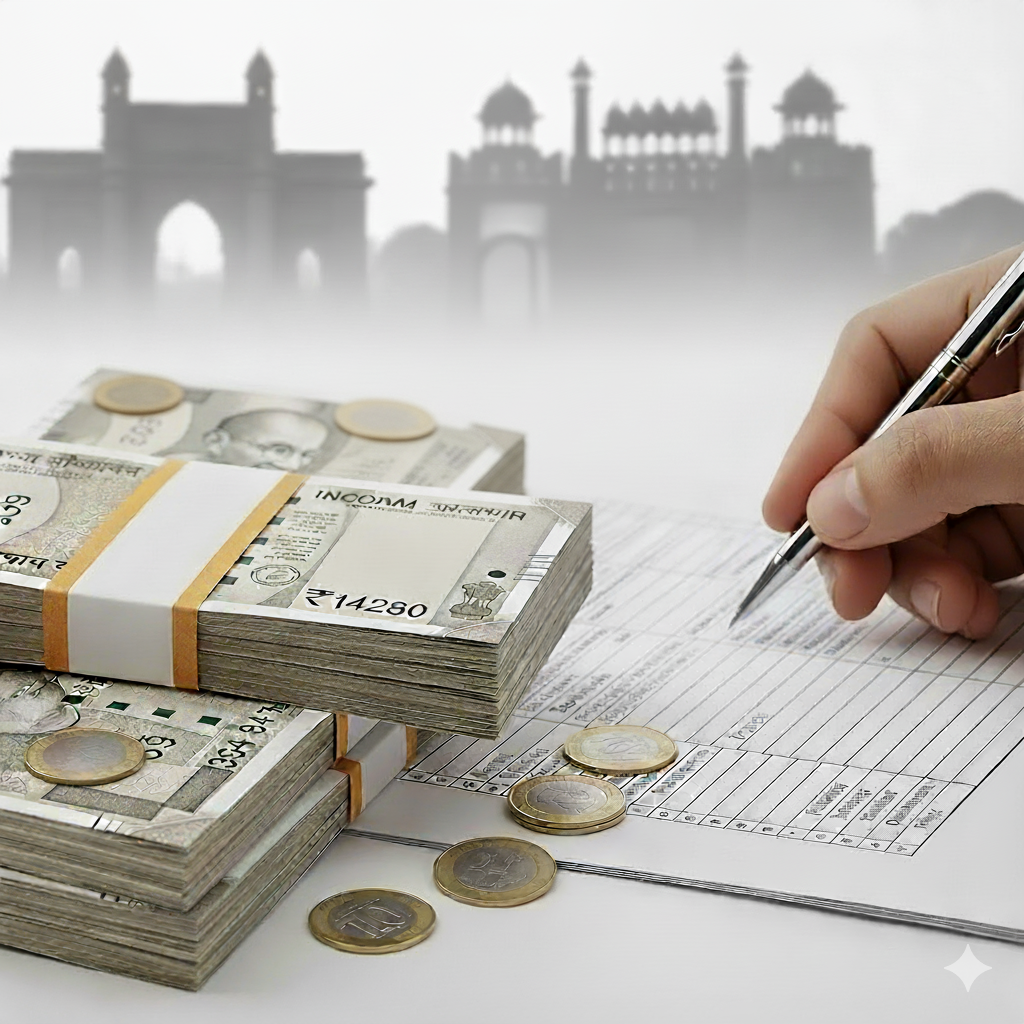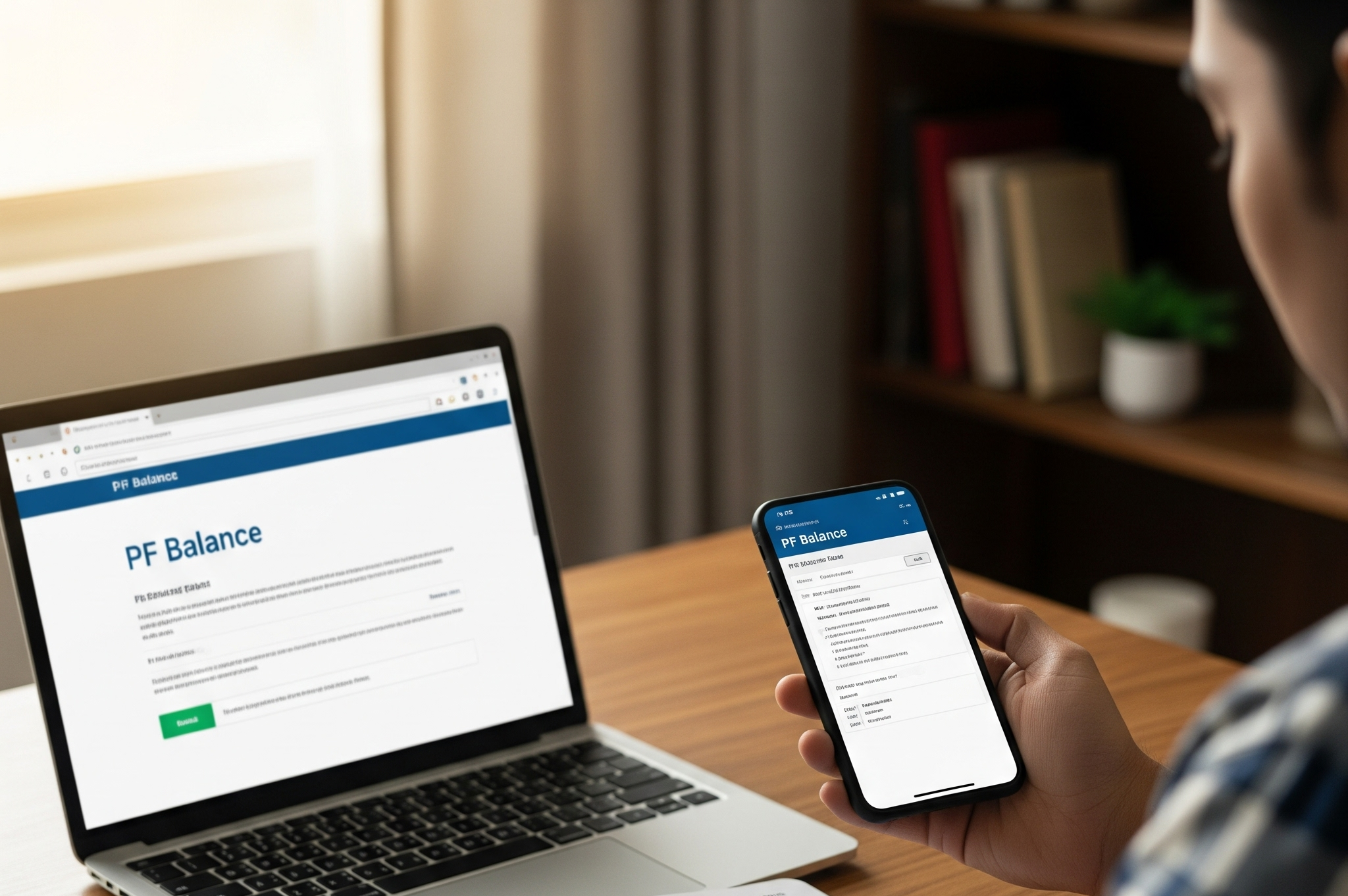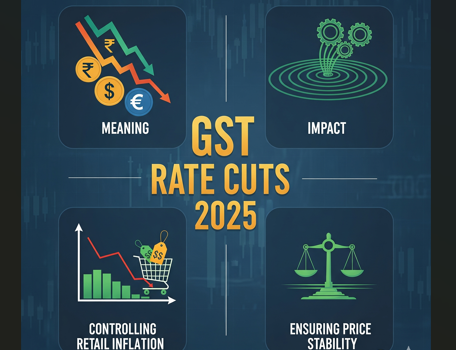This morning on the 26th of August, investors were shocked to see HDFC Bank’s share price appear to crash by nearly 50–62% in a single day. Many wondered if India’s leading private bank was facing a financial crisis, but in reality, nothing alarming happened. The big drop happened only because HDFC Bank’s stock turned ex-bonus after a 1:1 bonus share issue. It appeared to be a steep fall, but the actual value for investors remained the same.
In this blog, we’ll explain the real reasons behind the apparent price drop, the factors responsible for this shift, and what it means for investors going forward. We’ll also explore expert opinions on this development to give you a complete picture.
What is the ex-bonus and 1:1 bonus share issue in HDFC Bank’s Case?
1. What are Bonus Shares?
Bonus shares are extra shares that a company issues to its existing shareholders at no additional cost. These are allotted in proportion to the number of shares already held and are usually distributed from the company’s reserves or accumulated profits. The purpose of issuing bonus shares is to reward shareholders and enhance their overall holdings without requiring any extra investment from them.
2. What is a 1:1 Bonus Share Issue?
A 1:1 bonus issue means that for every share you already own, the company gives you one more share for free. For example, if you have 100 shares of HDFC Bank, after a 1:1 bonus issue, your total shares will double to 200.
3. What is Ex–Bonus Date?
The ex-bonus date is the cutoff point after which a company’s shares trade without the right to receive bonus shares. Investors who purchase the stock on or after this date will not be eligible for the bonus, while only those holding shares before it will get the benefit. On this day, the share price is adjusted downward to reflect the rise in the total number of shares in circulation.
In HDFC Bank’s case, it seemed as though the share price dropped by 50% overnight, but in truth, shareholders simply received twice the number of shares. The overall value of their investment remained the same; only the price per share was adjusted to reflect the bonus issue.
HDFC Bank Background and Overview
HDFC Bank – Founded in 1994
It is India’s largest private sector bank by market capitalization and a major force in the banking industry. Over the years, it has built a reputation for steady growth, strong governance, and an extensive network. In mid-2023, it completed a historic merger with HDFC Ltd., creating a financial giant with broader services and a vast customer base. The bank is backed by solid fundamentals. It has strong net interest income and healthy non-interest income. Its asset quality remains stable with impressive long-term performance. Overall, the bank remains fundamentally sound. The recent sharp fall in its stock price was not due to business weakness. It was simply a technical adjustment.
Reasons for the 1:1 Bonus Share Issue & Ex-Bonus Drop
- 1:1 Bonus Share Issue
HDFC Bank announced a 1:1 bonus, giving one additional share free for every share owned. This move was designed to reward investors and improve stock liquidity. - Doubling of Total Shares
The bonus issue doubled the number of shares in circulation, which led to a proportional drop in the share price. This was a technical adjustment, not a sign of weak performance. - Price Adjustment Example
On August 25, the stock closed at about ₹1,964.50. After the ex-bonus date, it opened around ₹982–986, almost halving in line with the bonus ratio. - Misleading Crash Appearance
Stock market screens showed what seemed like a steep fall—some even suggesting a 62% drop—causing confusion among investors unaware of the bonus adjustment. - Shareholder Value Unaffected
Even though the price per share dropped, investors’ total wealth and HDFC Bank’s market capitalization stayed the same, with the value simply distributed across more shares.
Why Do Companies Issue Bonus Shares?
Bonus shares are issued by companies as a strategic step to reward shareholders and strengthen their market position. Such corporate actions are generally seen as a sign of confidence in the company’s future growth and overall financial strength.
- Improves Liquidity
By increasing the number of shares available in the market, bonus issues make trading more active and seamless. Higher liquidity helps reduce price fluctuations and ensures smoother transactions for investors. - Increases Affordability
Since the share price is adjusted downward in line with the bonus ratio, the stock becomes more affordable for retail and small investors. This makes entry easier and encourages a broader base of participation. - Shows Financial Strength
Bonus shares are distributed from the company’s free reserves or retained earnings, rather than raising outside funds. This reflects strong profitability and healthy reserves, boosting investor confidence in the company’s fundamentals. - Encourages Wider Participation
With more shares in circulation and lower per-share prices, retail investors find it easier to participate, thereby enhancing market depth and diversity.
For HDFC Bank, the 1:1 bonus issue was its first since listing, marking a significant milestone. It not only rewarded shareholders but also expanded investor reach and reinforced confidence in the bank’s long-term growth story.
Market Reactions and Expert Advice
1. According to Business Standard, Stocktwits, and Business Today, the opening price of ₹968–982 on the ex-bonus day was simply the adjusted value after the 1:1 bonus issue, not an actual crash.
2. HDFC Bank’s Q1 FY26 earnings were solid, with steady growth across income streams and asset quality, reaffirming its strong fundamentals.
3. Prashanth Tapse of Mehta Equities described the price drop as an accounting adjustment, adding that the bonus issue improves liquidity and that the bank continues to have a strong long-term outlook (Mint).
4. Santosh Meena of Swastika Investmart pointed out the bank’s strong capital base and consistent performance, which support a bullish outlook for the stock.
5. As noted by experts in Mint and Business Today, the adjusted price makes HDFC Bank shares more affordable, creating a good buying opportunity for retail investors to accumulate this blue-chip stock.
What should Investors do?
Short-Term Impact
- Portfolio values may appear halved on dashboards until bonus shares are credited by August 29, 2025 (ICICI Direct). This is just a temporary display effect and not an actual loss of wealth.
- Margin Trading Facilities (MTF) and pledging limits may be impacted briefly, as the system takes time to reflect the additional shares (ICICI Direct). Investors might face temporary restrictions on leverage or collateral.
Long-Term Implications
- Investors now hold double the number of shares, though the overall portfolio value remains unchanged initially. Over time, this larger shareholding can boost investor confidence.
- The increase in shares improves liquidity, making trading easier and narrowing bid–ask spreads, which benefits both retail and institutional investors.
- HDFC Bank’s fundamentals, governance, and growth story remain intact, and the bonus issue further signals the bank’s financial strength and management’s confidence.
- As noted in Business Today and Mint, the adjusted price offers an attractive entry point for long-term investors, creating an opportunity to accumulate a strong blue-chip stock at better valuations.
Future Outlook for the Investors
1. Bonus Share Credit Date
The bonus shares are expected to be credited by August 29, 2025, after which investors’ portfolios will show the correct value (ICICI Direct). Until then, valuations may look lower than they actually are.
2. Short-Term Price Levels
Analysts suggest that the stock has support in the ₹945–970 range and resistance around ₹1,000 (Business Standard, Business Today). These levels will be important for traders to watch in the near term.
3. Market Sentiment Factors
Investors should keep an eye on foreign institutional investor (FII) activity, the movement of the banking index, and broader macroeconomic indicators, as these could influence short-term stock performance.
4. Q2 Results Ahead
The bank’s upcoming Q2 FY26 earnings will be a key event, providing clarity on margin recovery, asset quality, and effective use of capital. Strong results could reassure investors and support upward momentum.
5. Long-Term Outlook
If HDFC Bank continues to maintain its solid fundamentals, it is likely to return to its historical trend of steady, consistent growth. This will reinforce its position as a reliable blue-chip investment.
Final Thoughts
In summary, the sharp 50–62% drop in HDFC Bank’s share price is only a technical outcome of the 1:1 bonus issue and ex-bonus adjustment, not a sign of weakness. Investor wealth and the bank’s market capitalization remain unchanged, with shareholders simply holding double the number of shares at half the price. Investors generally view such corporate actions as confidence-boosting measures that improve liquidity and broaden participation. Once the company credits the bonus shares and the market regains balance, the stock will stabilize. HDFC Bank’s strong fundamentals and consistent track record will then guide it back to its steady growth path.
FAQs
Q1. Why is HDFC Bank’s Share price falling?
Ans. HDFC Bank recently announced a 1:1 bonus issue. This means every shareholder will receive one additional share for each share they already own. Following this, the stock price adjusted downward to account for the higher number of shares in circulation. As a result, the share price appeared to fall by over 1% on Tuesday, 26th August 2025.
Q2. Is HDFC Bank giving bonus shares?
Ans. Yes, HDFC Bank has declared a 1:1 bonus issue, which means shareholders will get one bonus share for every share they already hold. The ex-bonus date for this corporate action is 26th August 2025.
Q3. Has HDFC Bank ever split its shares?
Ans. Yes, HDFC Bank has carried out share splits in the past. In 2011, the company split one share with a face value of ₹10 into five shares of ₹2 each. Later, in 2019, it further split each ₹2 share into two shares of ₹1 each.








